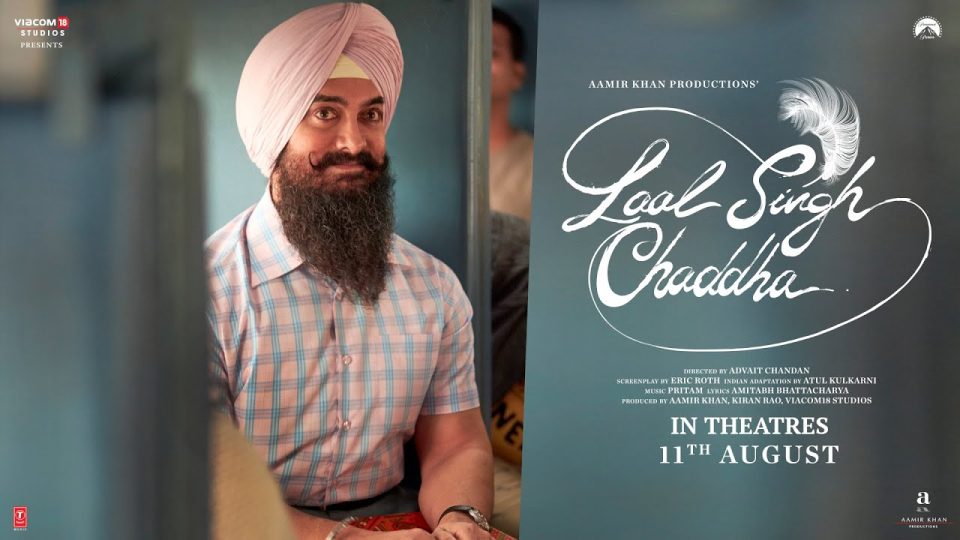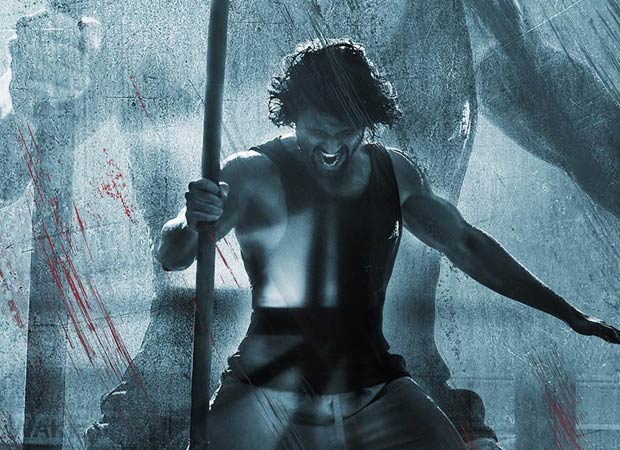
Trade report: Bollywood loses its fizz as South films uncork the bubbly

Even though the South Indian film industry has managed to allure audience from the other side of the Deccan and is churning out blockbusters after recovering from the mighty blow of the pandemic, Bollywood is trudging along a dark phase of box-office failures, courtesy the recent trend of ‘boycott’ paired with the audience’s thirst for good content at a fair price.
The failure of big banner films like Lal Singh Chaddha, Raksha Bandhan, and Liger featuring superstars like Amir Khan, Akshay Kumar, and Vijay Deverakonda, respectively, to strike a chord with the audience, has increased the uncertainty over the box office performances of upcoming releases.
‘2022, worst year of Hindi cinema’
Raj Bansal, a veteran film distributor and exhibitor from Jaipur, dubs 2022 as the “worst ever-year in the history of Hindi cinema.”
“All the expected films are sinking. The problem here is that all these films were meant for release before the pandemic, but the mindset of audiences has changed in the last two to three years,” he said.
Also read: Palthu Janwar review: When ‘natural narrative’ falls flat
Only films such as The Kashmir Files, Gangubai Kathiawadi, and Bhool Bhulaiyaa 2 did well at the box office, while the others were badly hit. In contrast, films from southern India are delivering at least one or two hits every month. Even Tamil films like Valimai and Beast, which opened to poor reviews, did not incur huge losses to the buyers.
Most of the films that performed well at the box office in August were from South India – Thituchitrambalam (Tamil), Viruman (Tamil), Kartikeya (Telugu), Sita Ramam (Telugu), Bimbisara (Telugu), Thallumaala (Malayalam), Nna Thaan Case Kodu (Malayalam), Paapan (Malayalam) and Gaalipata 2 (Kannada) – with Bollywood failing to match the feat.

“But I’m hoping that 2023 will be a golden year for Hindi cinema because the production houses are making content to cater to the current mindset of the audiences,” Bansal says.
What does audience want?
So what are the expectations of a moviegoer from Hindi cinema?
Bansal says theatre-goers, who have been watching films and TV series from the comfort of their homes during the pandemic, do not want to spend too much on food and beverages at the theatre now. “While multiplexes have understood that they can’t charge exorbitant prices (like the pre-pandemic times) for movie tickets, they haven’t lowered the price for food and beverages,” he says.
Sanjay Ghai, a well-known exhibitor from Delhi and Punjab, says, “South cinema is surviving because of the single screens. The corporates and multiplexes have ruined the business of Hindi cinema. Audiences just want air-conditioned movie halls, comfortable seats, and affordable food and beverages. They don’t want your grand interiors. For example, there is no demand for Tier 1 and Tier 2 air-conditioned coaches in the Rajdhani Express as the fare is exorbitant. People have settled for AC 3-tier coaches. Similarly, at theatres, audiences want basic amenities, not extravaganza.”
Also read: Vijay Deverakonda’s Liger fails to strike the right chords with audiences
Ghai says that nearly 60 per cent of the single screens in India are from the south while only 18 per cent are functioning in the rest of the country. “In single screens, the maximum ticket rate is around ₹150 to ₹200 across India. The major chunk of revenue of the south films comes from these single screens,” he says.
Content is king; audience knows it too well
Above all, experts agree that content is king today, and the audience in the post-COVID time is quite unsympathetic towards bad scripts irrespective of the ‘masala’ or fight scenes involved.
“Liger did not fare well both in North and South India because of the poor content. Bollywood is unable to deliver consistent hits because their content is not up to the mark,” says Ghai.

Dhananjayan, who headed UTV South, says that people in Mumbai and Delhi have other forms of weekend getaways than cinema.
“I lived in Mumbai and other parts of India. In North, they travel to nearby hill stations and scenic locations on the weekend, whereas people in the South prefer going to movie halls during the weekends. During the pandemic, audiences in the north developed a mindset to watch maximum films on OTT platforms and now the industry needs to provide them with compelling theatrical content to win back their hearts and lure them to the big screens. I think Brahmastra is a potential film to bring audiences back to theatres,” Dhananjayan says.
Curse of ‘boycott trend’
Talking about the latest trends of ‘cancel culture’ and ‘boycott’ among Hindi film audience – in short, boycotting Bollywood films based on a previous comment, political affiliation or religious identity of an actor – Bansal says, “It’s unfortunate. The strong fans club of actors in the south wouldn’t have entertained these boycott trends, but things in Bollywood are different”.
Recently, Laal Singh Chaddha‘s box-office performance was largely affected because of the hatred spread against lead actors Aamir Khan and Kareena Kapoor Khan on social media.
How South Indian actors redefined a ‘star’, films reshaped content
Bansal ascribes the success of South Indian industry also to the dedication and respect of actors toward their craft and directors.
“Irrespective of their remuneration, South actors are known for their professionalism. They will be on the sets early in the morning, and they won’t trouble their producers by turning up late. They know that every minute of delay will cost the producer. But, lead actors in Bollywood demand huge paychecks, and nearly 80 per cent of the budget goes into paying them, leaving the producer to make do with mediocre content. In south Indian films, you can see the expensive budget on the screen. It is evident that producers spend more on the content and provide the much-needed experience for the audiences,” he says.
Also read: What Dhanush’s Thiruchitrambalam offers that Laal Singh Chaddha doesn’t
We also spoke to leading ticket booking platform BookMyShow to know the exact trend.
“For Hindi language cinema, effectively speaking, Gangubai Kathiawadi was the first major release post the pandemic’s multiple waves, followed by The Kashmir Files, released in early March that took the box office by storm. Subsequent Hindi releases have witnessed niche and limited interest from different sections of fans. However, a compelling impending line-up of Hindi films over the next quarter is likely to pique the interest of cine lovers across the country. The fact that Hindi content across multiple digital and OTT platforms also left consumers spoilt for choice, also affected box office figures. The majority of tickets sold for Rocketry: The Nambi Effect (multiple languages) and for Kannada-origin Vikrant Rona, on BookMyShow, have been for the Hindi version of the films,” says Ashish Saksena, COO-Cinemas, BookMyShow.
Ashish also adds that South Indian films have reshaped content consumption in recent years.
“In the past few years, we have seen this trend change drastically with the success of films across regions pan-India, determined by audience interest, stirring storylines, and spectacular cinematography. The Indian movie landscape is constantly being reshaped, having started with the massive success of Baahubali 1 and 2, a southern regional film series that broke all barriers of language, and borders and created never-seen-before box office success for any Indian film. Pushpa: The Rise, K.G.F: Chapter 2, and RRR also followed suit with record-breaking success across languages,” he says.
Also read: Films contribute to nation-building, no sense in boycotting: Akshay Kumar
“Recent releases such as Vikram, Karthikeya 2, Rocketry: The Nambi Effect, and Major have also swayed audiences across markets with their compelling storylines. We have seen increasing interest for South Indian language movies amongst audiences across the length and breadth of the country as well as in key markets such as the US and UAE, where Hindi language cinema has always had a strong consumer base,” he adds.

